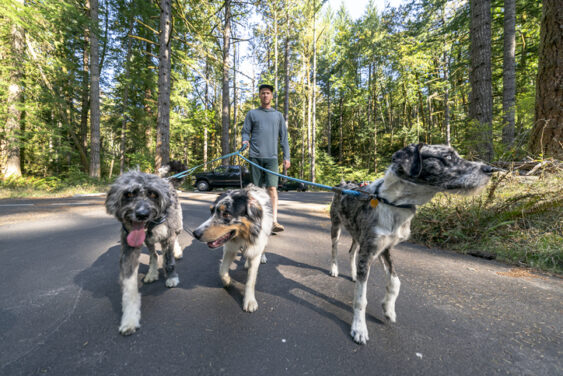Christian Mouysset and Ronen Givon, the co-founders of Mediterranean restaurant chain Hummus Bros, reveal the main steps entrepreneurs need to consider when setting up a restaurant.
Raising funding
About six months ago we raised funds from nine investors to open 3-4 more sites in central London. We prepared a detailed presentation of our expansion plans and the lessons we have learnt over the past few years running Hummus Bros.
The long-term vision we presented was creating a brand in the Mediterranean food market by opening more high street stores, developing a range of products for supermarkets and franchising abroad. The Enterprise Investment Scheme, which allows investors in eligible small companies to claim back 30 per cent of the funds invested in the company from HMRC, was key in securing the financing and is helping a number of small businesses in the UK expand.
Finding a good location
Finding a good location can be difficult as there are many factors to take into consideration. For example, if in London, positioning a restaurant in close proximity to a tube station is generally helpful; being close to other restaurants is also something we look for as it attracts customers to the area. We also try to position units close to anchors such as cinemas, theatres or supermarkets that drive people to the area.
To determine a good location we measure footfall outside the unit we are considering but also the number of people walking into the closest food establishment. Our members of staff collect this data and enter it into a Google Spreadsheet so we all have access to it. We’ve been using the online collaboration and communication suite Google Apps since we started and found it invaluable to a range of business tasks, particularly in the planning stages of a project.
When a desirable site has been found, a competitive bidding process starts so typically we need to move quickly to secure a site. This involves getting lawyers and architects to work intensively on the plans and the lease. Once the site has been secured we start kitting it out. This typically takes 3-6 weeks depending on the size of the unit.
To keep track of the whole process we make sure that we have daily meetings with the contractor on site and rely on Google Apps to provide real-time access to all the data we require while on the move.
Sourcing suppliers
We work with a number of suppliers for our food, drinks and packaging. We take a lot of care in choosing our suppliers and review them on a regular basis. Factors that we take into account are the quality of the produce, the supplier’s environmental footprint and the price. We monitor the prices on a daily basis with a system which alerts us when the price rises or falls (which happens on a daily basis with vegetables for example). At our manager meetings, we also review, amongst other topics, the quality of the produce as well as the service received from the various suppliers.
We open a shared Google Doc before the meeting so that all the members of staff can contribute their thoughts and feedback. This helps us focus on the important issues during the meeting, as well as reminding us of all the points we need to cover.
Taking on staff
Staffing was our biggest challenge when we first started. Building the right atmosphere is key to ensure that everyone is happy. This ensures that customers get good customer service from smiling members of staff. We have built a number of systems to manage the staff – for example our online rota system that allows every member of the team to login and see their hours and which restaurant they are working at.
The system also allows staff to submit holiday requests, check staffing levels to see if an afternoon off is possible and to obtain contact details of the other members of staff for cover requests. Offering our staff flexibility in terms of hours worked is paramount as several of them are students or have other activities, outside their work, that we encourage them to pursue.
Maintaining trade
We do a number of activities to market Hummus Bros. For example we have sponsored classical Indian music events, run charity events for Cancer Research and regularly distribute samples of our food in front of our units to get people passing by and trying our food.
We ran an event with Cancer Research to barter old clothes for our food. Cancer Research, in turn, sold the clothes collected in their charity shops to raise funds for their research. We have raised several thousand pounds worth of goods over the events we ran.
We regularly drop free samples of our food into offices within a 15-minute walking distance to encourage new customers to discover our food and place orders for upcoming meetings, events or conferences. A shared Google Spreadsheet helps us to coordinate sample drops and has been successful in bringing in new customers. Every few months, we employ an intern to do small drops and research new offices in the area. The first training session with this intern would typically include a run-through of Google Docs, which is used intensively between that intern and the directors of the company as a way to track their progress with finding new customers for our delivery service, with everyone viewing each other’s updates and comments in real-time.
See also: Best restaurant booking systems for small businesses
We also communicate regularly with our customers on Google Plus, Twitter and Facebook. It’s especially helpful to get instant feedback on our customers’ experience and this enables us to respond very quickly to any issues they may have.
Related: Three tips on growing your restaurant business – some strategies for surviving and then thriving as a restaurateur







